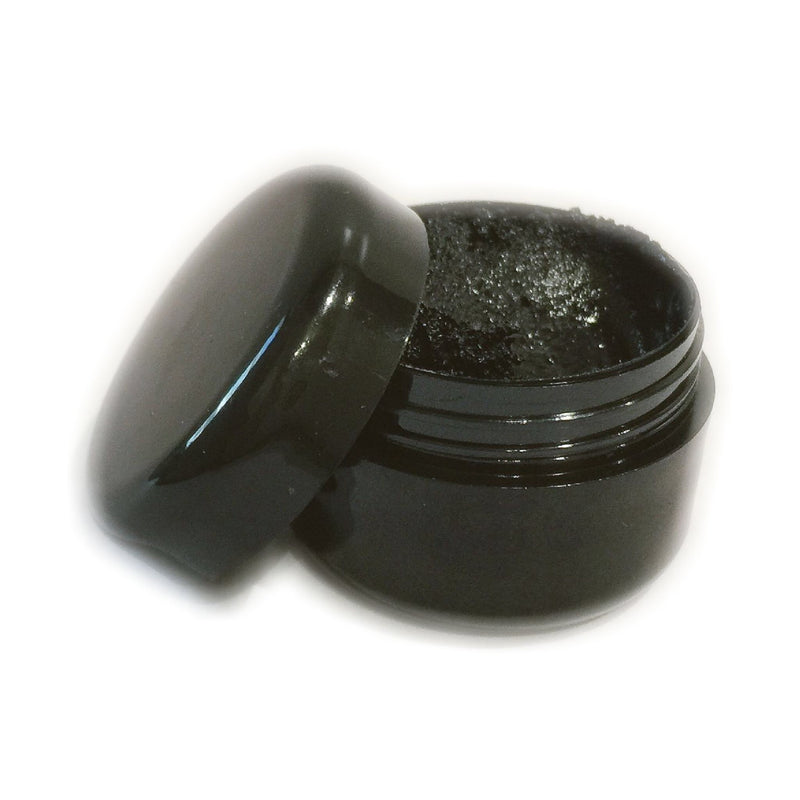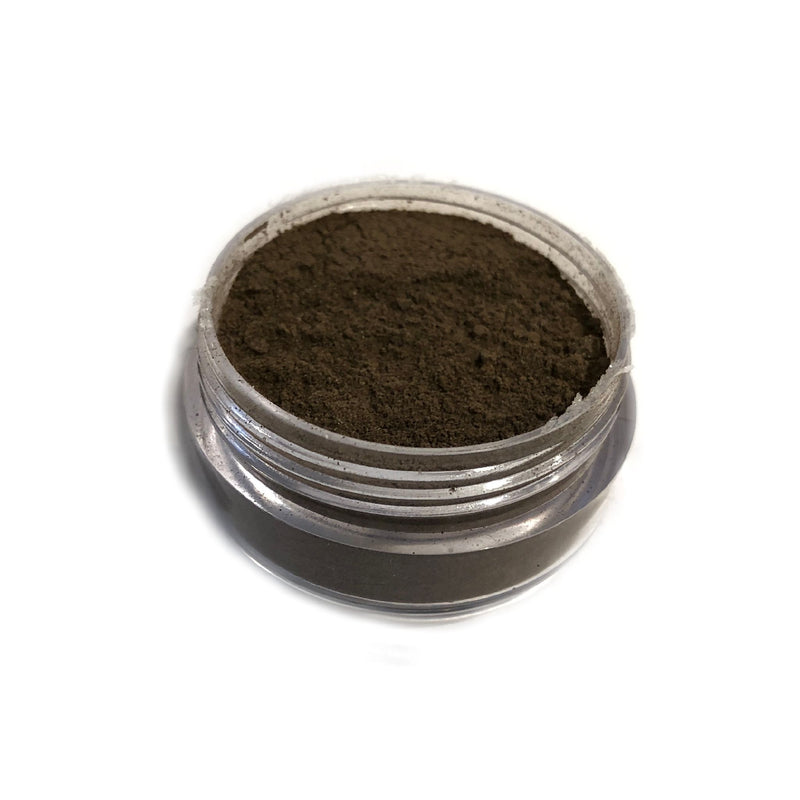The Power of Breath: Discovering the Fourth Dimension of Awareness
In today's fast-paced world, stress and anxiety have become constant companions. The search for effective tools to regain inner calm has never been more urgent. One of the most powerful and accessible techniques lies right under our noses: breathing. Recent neuroscience studies have shown that mindful breathing not only reduces stress but also positively impacts our mental and physical health. In this article, we will explore how breathing can transform your life and how my free guided meditation, the "Four-Breath Meditation," can help you experience these benefits.
The Neuroscience of Breath
How Breath Affects the Brain
Mindful breathing has a direct impact on our nervous system. Diaphragmatic breathing, for instance, activates the parasympathetic nervous system, promoting a state of relaxation and reducing cortisol levels, the stress hormone. Studies have shown that practicing breathing techniques for just five minutes a day can significantly reduce anxiety symptoms and improve concentration and memory.

Scientific Evidence
A study published in the journal Psychiatry Research: Neuroimaging found that participants who practiced mindful breathing showed increased activity in the prefrontal cortex, an area of the brain associated with decision-making and emotional regulation. Another study from Frontiers in Human Neuroscience highlighted how controlled breathing could enhance the connectivity between brain regions involved in attention and emotional control.
The Spiritual Power of Breath
Breath as a Bridge
In Colombian shamanic tradition, breath is considered a bridge between the physical and spiritual worlds. During ayahuasca ceremonies, mindful breathing helps participants connect deeply with themselves and the universe's energy. This concept is also supported by quantum physics, suggesting that everything in the universe is interconnected. Through breath, we can access a state of "superposition," where we can observe our thoughts and feelings without emotional attachment.

Integrating Ancient Wisdom with Modern Science
The practice of mindful breathing is not new; it has been a cornerstone of spiritual traditions for thousands of years. However, modern science is now beginning to understand the profound effects of these ancient practices. By combining the wisdom of shamanic traditions with contemporary scientific research, we can create a holistic approach to well-being.
The Four-Breath Meditation: A Journey to Self-Discovery
Introduction to the Meditation
The "Four-Breath Meditation" I have created is designed to guide you through four distinct types of breathing, each with a unique effect on the body and mind. This practice will help you reach a state of pure observation, allowing you to experience reality from a new perspective.

Natural Breath
Begin by focusing on your natural breath. Observe how the air enters and exits your nostrils without trying to change it. This initial step grounds you in the present moment, setting the foundation for deeper exploration.
Inhale through the Nose, Exhale through the Mouth
Change your breathing pattern slightly and notice how it alters your sense of awareness. This technique can help release tension and bring a sense of calm.
Inhale and Exhale through the Mouth
Observe the sensations and emotions that emerge as you change the rhythm of your breath. This step encourages you to be present with whatever arises, fostering emotional intelligence.
Inhale through the Mouth, Exhale through the Nose
This final variation helps you explore breath awareness in a complete and holistic way. Notice how your body feels and any shifts in your emotional state.
Practical Applications
Practicing breath meditation is not only about spirituality or mental well-being; it also has practical applications in daily life. You can use these breathing techniques before an important meeting, during a moment of stress at work, or simply to find calm at the end of the day.
The Benefits of Mindful Breathing
Reducing Stress and Anxiety
Mindful breathing activates the body's relaxation response, reducing stress and anxiety levels. Regular practice can lead to lower cortisol levels, improved heart rate variability, and a greater sense of overall well-being.

Enhancing Emotional Intelligence
By observing your emotions with kindness and curiosity, you can better understand and manage them. This practice helps you develop greater emotional intelligence, leading to improved relationships and a more balanced life.
Improving Focus and Clarity
The "Four-Breath Meditation" sharpens your ability to concentrate, making it easier to stay present and focused throughout your day. This enhanced focus can lead to greater productivity and creativity.
Accessible Anytime
Whether you have five minutes or an hour, you can practice this meditation to quickly regain your sense of peace. Its simplicity makes it a powerful tool that you can use at any moment of your day.
Quantum Physics and the Breath
The Concept of Superposition
In quantum physics, superposition refers to a system being in multiple states at once. This concept can be applied to mindfulness, where we observe our thoughts and emotions without being attached to them. Through mindful breathing, we can reach a state of superposition, allowing us to experience a broader perspective of our inner world.

Observing Without Attachment
By practicing the "Four-Breath Meditation," you learn to observe your thoughts and emotions without judgment. This non-attached awareness can lead to profound insights and a deeper understanding of yourself.
How to Practice the Four-Breath Meditation
Step-by-Step Guide
- Find a Comfortable Position: Sit or lie down in a quiet place where you won't be disturbed.
- Natural Breath: Focus on your natural breath, observing how the air enters and exits your nostrils.
- Inhale through the Nose, Exhale through the Mouth: Change your breathing pattern and notice any shifts in your awareness.
- Inhale and Exhale through the Mouth: Observe any sensations or emotions that arise.
- Inhale through the Mouth, Exhale through the Nose: Complete the cycle, paying attention to your body's response.
- Repeat the Cycle: Perform this sequence five times, then return to your normal breathing pattern.
Integrating into Daily Life
Incorporate this meditation into your daily routine by practicing it in the morning or before bed. Over time, you will notice a significant improvement in your mental clarity, emotional balance, and overall sense of well-being.
Conclusion
The power of breath is a gift we have at our disposal every moment of our lives. By exploring mindful breathing techniques, we can improve our mental and physical health, connect with our spiritual essence, and live a fuller, more present life.
For more information on traditional shamanic practices and how to integrate them into your life, visit ASLEPAY, an ayahuasca retreat center in Putumayo, Colombia. And don't forget to download my free "Four-Breath Meditation" here to discover how the simple act of breathing can transform your life.
For further insights on integrating shamanic wisdom with modern life, visit AntonioSiano.com. Happy meditating!

Available in Multiple Languages
To ensure that as many people as possible can benefit from this practice, the "Four-Breath Meditation" is available in four languages:
Experience the meditation in your preferred language and embrace the transformative power of mindful breathing.













